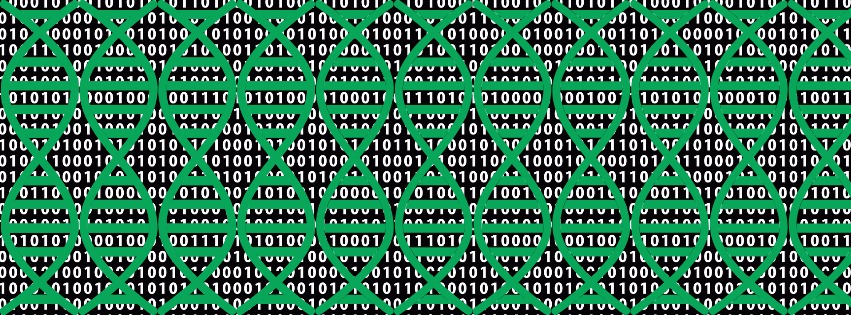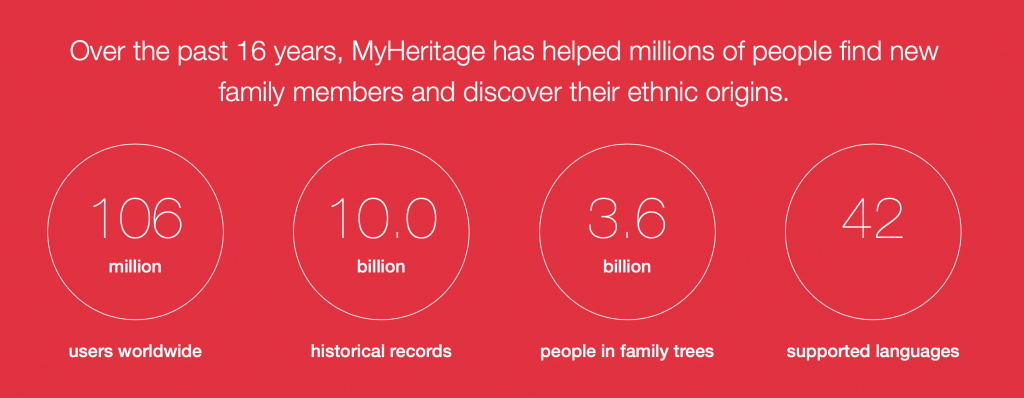Genetic Genealogy: Will your DNA have a life of its own?
Genetic Genealogy is a novel method to link DNA from a crime scene to DNA stored on Genealogy websites such as MyHeritage, 23andMe and GEDmatch (Zhang). It has the potential to solve many cold cases, but on a Web that is becoming increasingly ‘platformised’ (Plantin et al. 303), can we trust it to do just that?

April 1st, 1988. 8-year-old April Tinsley hurried back to her friend’s house to retrieve her umbrella. Her umbrella was never picked up and when April was absent for dinner at home, all alarm bells rang. Her body was found in a ditch three days later. Despite massive efforts from the police department in Fort Wayne, Indiana, a suspect, let alone the killer, was never identified. And so almost 30 years go by.
September 2019. It has been somewhat of a habit of mine to listen to podcasts during my commute to Amsterdam. Drink your morning coffee, get comfortable for the train ride (as far as that is possible during rush hour) and doze off as you distance yourself from your surroundings and enter the world of on-demand digital audio. That morning I chose for the Crime Junkie Podcast. What followed was an hour-long interview with Captain Kevin Smith who was in charge of the April Tinsley cold-case at the Indiana State Police Department. When the interview was over, I felt both joy as well as confusion.
DNA and the Digital
Captain Kevin Smith and his team cracked the case. They identified and caught the killer of April Tinsley. This, of course, was great news, but it was how they got to the killer that puzzled me. The Police Department had sent a DNA sample found at the crime scene to a private company called Parabon Nanolabs. Who then uploaded the DNA sample to a website called Gedmatch. The match that Parabon Nanolabs found, were distant relatives of the crime-scene sample. He wasn’t in the database, but some unknown family members were.
Although DNA sampling has long been used by law enforcement, it was the combination of a private company, a public website and a large, corporate database that made me question how we handle DNA online.
DNA is often considered as the “secret of life” (Watson and Berry). The double helix shaped molecules carry our genetic information. And this is what websites such as MyHeritage, 23andMe, FamilytreeDNA and others are promising you. By giving them a sample of your DNA, they promise to let you “discover your past” (MyHeritage).
In essence, you are transforming your DNA into zero’s and one’s – into bytes – and handing that data over to a private company. Rob Kitchin (10–11) shows that data is a special commodity. You can copy it as many times as you like, it is easily shared and copying brings no additional cost. So, once your DNA-data exists as a package of bytes, there is no saying how often it will replicate and where it will end up.
The Platform Logic
To be fair, uploading your DNA to, for example, MyHeritage might seem harmless enough. MyHeritage states that over 100 million users went before you (MyHeritage). Can’t be too bad, right? The difficulties start when we consider the nature of platforms. In this case, they can best be understood as web-based applications that form the building grounds on which other programs can be based (Plantin et al. 296). Crucially, platforms are reprogrammable by other actors, given that they abide by the rules that the platform has set for them (Plantin et al. 298).

Data can thus flow between the different applications build on the platform and the platform itself. This is not bad in and of itself. The point is that it is seldomly clear why data is collected and how it is repurposed during this flow. Many will remember the ‘Cambridge Analytica’ scandal where it became evident that third-parties had unauthorised access to your ‘private’ data through the Facebook Open Application Programmable Interface (API) (Isaak and Hanna 57).
The Cambridge Analytica scandal is precisely why we should be hesitant to put our DNA online. By granting one application access to your DNA-data, your data might become incorporated in a larger system where third-party applications have (unauthorised) access through an API. Once it is within the hold of the platform, you cannot know exactly where your DNA-data is stored or how it is used. Your DNA-data might get a life of its own.
Platforms and Our Daily Life
These platforms are becoming increasingly important in our daily life. They are forming a new infrastructure in our society (Plantin et al. 301). Google, for example, has such a wide range of utilities that it is notoriously difficult not to use it (Hill). I use Google to find the nearest supermarket, check my mail, find literature and even my University more or less requires me to use Google. It seems only a matter of time before our DNA is a natural part of this infrastructure, too.
Indeed, it might seem helpful that I can upload my DNA to ‘Google Health’. Google could then provide a free scan for potentially dangerous genetic diseases in my DNA-data. If it finds that I have the chance of heart diseases if I sit still too long, it will nudge me to move when it tracks that I have been immobile for too long. Sounds great!
It is fiction, for now. Nonetheless, I think that the near impossibility of escaping these platforms in our daily lives should steer research towards a critical look at an individuals’ agency over his or her DNA-data before we hand it over to the corporations behind these platforms too easily.
The foreseeable future of Genetic Genealogy?
It would be too simple, however, to disregard the potential of DNA-data altogether. I began this blog by highlighting the case of April Tinsley. A case that would have never been solved if it wasn’t for the use of DNA-data. At the end of the aforementioned podcast, Captain Kevin Smith proposes the idea of a voluntary database where citizens can store their DNA for law enforcement to use via Genetic Genealogy. No API, no corporate interest, only used to solve the hardest of crimes.
Although this opens up another avenue of discussion, I think our DNA-data is too valuable to give to corporate platforms, but perhaps also too valuable to keep for ourselves. Let’s move future discussion towards the issue of how DNA-data could be regulated to avoid misuse. There might be countless of Tinsley-like cases that could be solved via proper use of DNA-data.
References
Hill, Kashmir. ‘I Cut Google Out Of My Life. It Screwed Up Everything’. Gizmodo, 2019, https://gizmodo.com/i-cut-google-out-of-my-life-it-screwed-up-everything-1830565500.
Isaak, J., and M. J. Hanna. ‘User Data Privacy: Facebook, Cambridge Analytica, and Privacy Protection’. Computer, vol. 51, no. 8, Aug. 2018, pp. 56–59. IEEE Xplore, doi:10.1109/MC.2018.3191268.
Kitchin, Rob. The Data Revolution: Big Data, Open Data, Data Infrastructures and Their Consequences. SAGE, 2014.
MyHeritage. https://www.myheritage.com. Accessed 18 Sept. 2019.
Plantin, Jean-Christophe, et al. ‘Infrastructure Studies Meet Platform Studies in the Age of Google and Facebook’. New Media & Society, vol. 20, no. 1, Jan. 2018, pp. 293–310. DOI.org (Crossref), doi:10.1177/1461444816661553.
Watson, James D., and Andrew Berry. DNA: The Secret of Life. New York: Alfred A. Knopf, 2003. Internet Archive, http://archive.org/details/dnasecretoflife00wats.
Zhang, Sarah. ‘The Coming Wave of Murders Solved by Genealogy’. The Atlantic, 19 May 2018, https://www.theatlantic.com/science/archive/2018/05/the-coming-wave-of-murders-solved-by-genealogy/560750/.